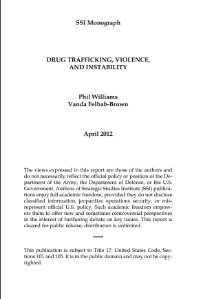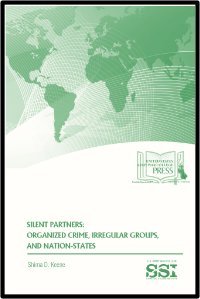By Ana Paula Oliveira
Afghanistan experienced a marked rise in violent crimes, including kidnappings and armed robbery in 2021. The reported increase in targeted attacks against civilians in the country, specifically regarding women human rights defenders and media workers, had already raised concerns in the period preceding the Taliban takeover. These events and the changing nature of the killings—from widespread casualties to targeted violence— underscored the need for a nuanced examination of the different ways conflict and crime converge to create conditions that incentivise violent actors and instability. This paper looks at these issues through the lens of illicit market violence in Afghanistan. It explores its potential as a key proxy to project current and future trends of other illicit and criminal market development in the country. The paper suggests a framework for further research to examine the evolution of illicit markets in Afghanistan by using a methodologically sound proxy indicator of such violence. First, it draws on a literature review on violence related to illicit markets and presents the methodology developed by the Global Initiative Against Transnational Organized Crime (GI-TOC) to research assassinations. Second, the paper undertakes a focused literature review on targeted violence in Afghanistan, focusing particularly on the 2020–2021 period.
Birmingham, UK: University of Birmingham, 2022. 22p.





















